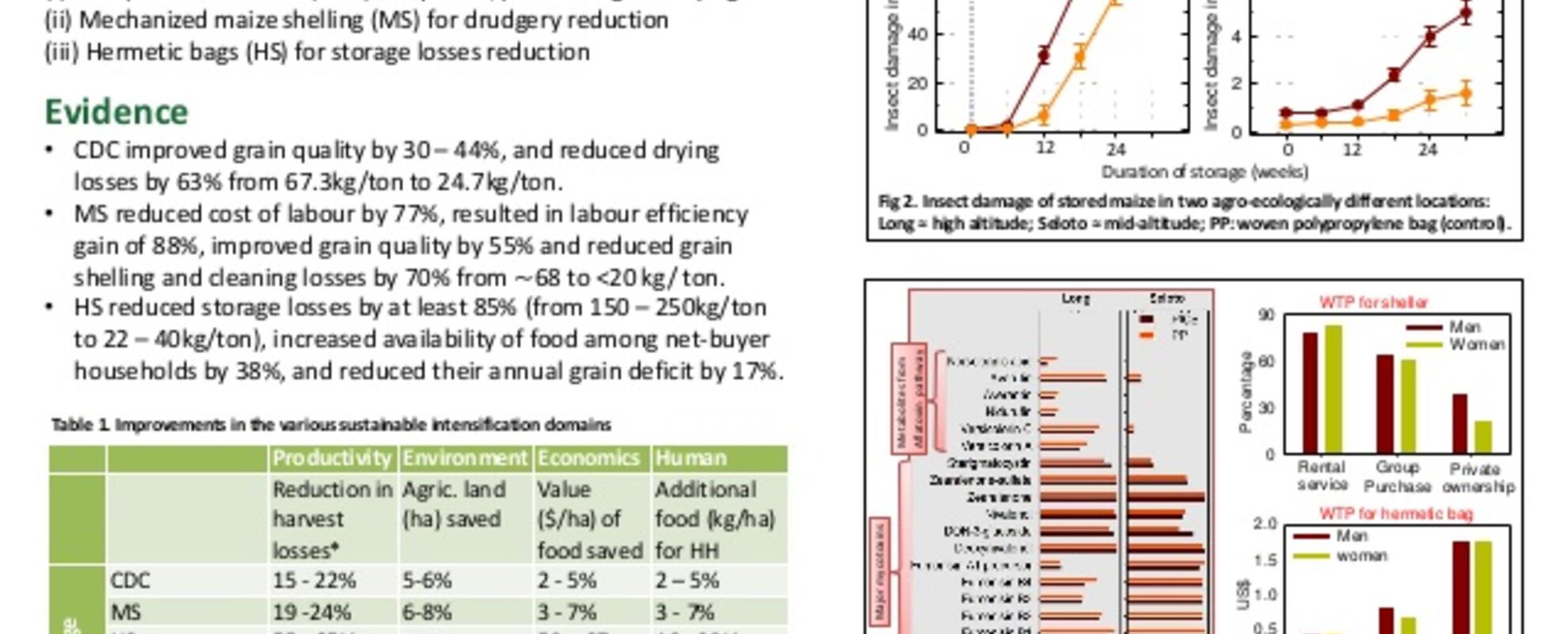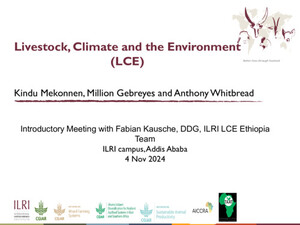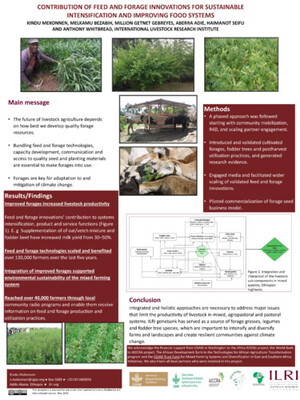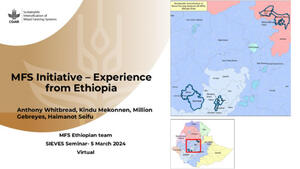
Improved technologies for mitigating post-harvest food loss
Post-harvest food loss is the measurable reduction in quantity or quality of foodstuffs after harvest. Each year, close to one-third of all food produced for human consumption in the world is lost or wasted. For many households, such losses threaten food availability, nutrition, and income security. Quantitative losses cause reduced food supply resulting in high food prices, whereas quality loss connotes inferior nutritional value, health risks, and lost economic opportunity.
In the context of a rapidly growing global population where about 70% extra food must be produced to meet the food demand of 9.1 billion people by the year 2050, post-harvest losses go beyond food security issues to include sustainability concerns. Allowing post-harvest food losses to continue unabated also means wasting more resources, as arable land, seeds, fertilizer, water and labour are used to produce food that no one consumes.
These losses also have damaging impact on the environment and farm-level productivity. Earlier baseline studies [Abass et al. 2014] revealed that farm-level losses in Tanzania’s maize farming systems are about 300–480 kg of grain per ha, among households that produce only 1,200 kg/ha on average. Drying, processing and storage were found to be the key stages where these losses occur.
This poster outlines some post-harvest loss reduction technologies validated within the Africa RISING program namely; improved grain drying, threshing, and storage as a package, and gives evidence of the potential impact if the technologies are applied at scale. Improved drying using an optimized collapsible drier case improved grain quality by 30–44%, and decreased drying losses by 63% from 67.3kg/ton to 24.7kg/ton. Use of mechanical shellers reduced cost of labour by 77%, improved labour efficiency by 88%, improved grain quality by 55%, and reduced grain shelling and cleaning losses by 70% from ⁓68 to <20 kg/ ton. Storage in airtight devices reduced storage losses by at least 85% (from 150–250kg/ton to 22–40kg/ton), increased availability of food among net-buyers by 38% and reduced annual grain deficit of households by 17%.
Future research will target generating more evidence on nutritional, quality and safety improvements, and impacts on environmental, and social conditions as well as integrating post-harvest mechanization to amplify the relevance for smallholder mixed farming systems.
This poster was presented at the Africa RISING ESA Project review and planning meeting held in Lilongwe, Malawi on 3–5 October 2018.


















